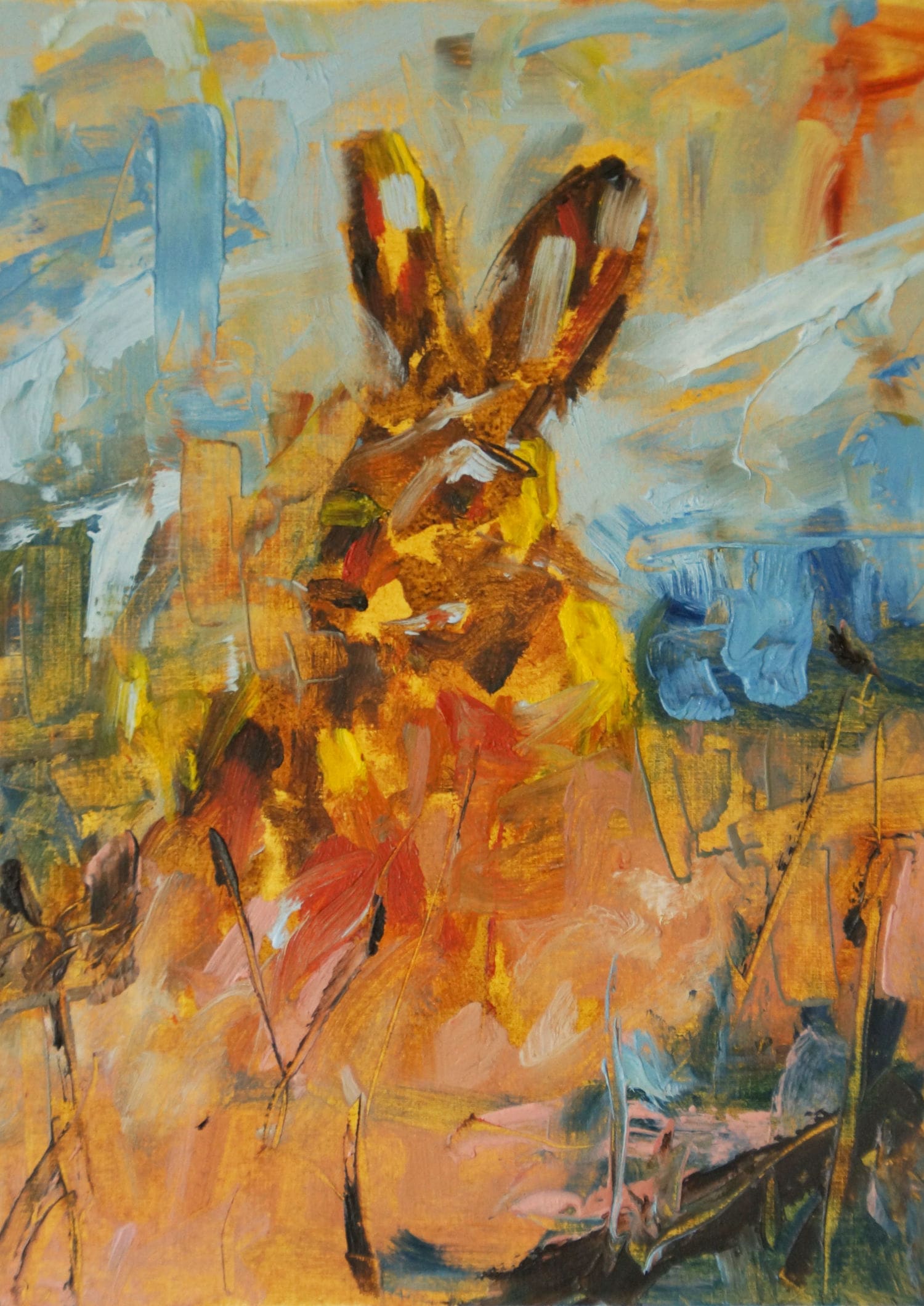Adopting a loose painting style can be a liberating and rewarding experience for artists of all levels. It allows for greater expression, spontaneity, and the creation of vibrant, dynamic works of art. However, like any new skill, learning to paint loose comes with its own set of challenges. In this blog, we’ll explore some common mistakes artists make when transitioning to a loose painting style and provide practical tips on how to avoid them—many of which are covered in depth in my course, “How to Paint Loose.”
Mistake 1: Overworking the Painting
One of the most common pitfalls when learning to paint loose is overworking the painting. Artists often struggle to let go of the need for perfection, leading them to add unnecessary details or continually rework areas of the canvas. This can result in a painting that feels tight and loses the freshness and spontaneity that loose painting is all about.
How to Avoid It:
The key to avoiding this mistake is learning when to stop. In my course, “How to Paint Loose,” I emphasize the importance of stepping back from your work frequently to assess its overall feel. Trust your instincts—sometimes, less is more. Practicing quick studies and setting time limits for certain stages of your painting can help you develop the confidence to leave areas untouched and embrace the beauty of imperfection.
Mistake 2: Focusing Too Much on Details
Loose painting is about capturing the essence of your subject rather than every tiny detail. Artists new to this style often fall into the trap of getting bogged down in the minutiae, which can hinder the overall flow and energy of the piece.
How to Avoid It:
To paint loose, shift your focus from detail to the big picture. In my course, I teach techniques that help you simplify shapes and use broad, expressive brushstrokes. Starting with larger brushes and working from general shapes to more defined areas can help you keep your painting loose. Remember, the goal is to suggest details rather than to render them precisely.
Mistake 3: Using the Wrong Tools and Materials
Your choice of tools and materials plays a significant role in achieving a loose painting style. Beginners often use brushes that are too small or paints that are too thick, making it difficult to create fluid, expressive strokes.
How to Avoid It:
Invest in the right tools for loose painting. Larger brushes, palette knives, and fluid paints can make a big difference in how your work turns out. In “How to Paint Loose,” I offer recommendations on the best brushes, paints, and surfaces to use, helping you create the loose, dynamic effects you’re aiming for. Experimenting with different tools can also help you discover what works best for your personal style.
Mistake 4: Being Afraid to Take Risks
Loose painting requires a willingness to take risks and embrace the unexpected. Many artists hold back, afraid of making mistakes or creating something that doesn’t meet their expectations. This fear can prevent you from fully exploring the potential of a loose style.
How to Avoid It:
To truly paint loose, you need to let go of the fear of failure. In my course, we explore exercises designed to help you push your boundaries and experiment with new techniques. Whether it’s using bold colors, unconventional tools, or spontaneous gestures, allowing yourself the freedom to experiment is key to developing a loose, expressive style. Remember, some of the most exciting art comes from happy accidents.
Mistake 5: Not Practicing Regularly
Like any other skill, mastering loose painting takes practice. Some artists expect to perfect the style quickly, but without regular practice, it’s easy to fall back into old habits of tight, controlled painting.
How to Avoid It:
Consistency is crucial. Set aside regular time to practice loose painting, even if it’s just for a few minutes each day. My course encourages daily or weekly exercises that help reinforce the techniques needed to maintain a loose style. The more you practice, the more natural it will become to paint with freedom and confidence.
Conclusion: Embrace the Freedom of Loose Painting
Learning to paint loose is a journey that requires patience, practice, and a willingness to let go of perfection. By avoiding these common mistakes and embracing the techniques I teach in my course, “How to Paint Loose,” you’ll be well on your way to developing a style that is expressive, dynamic, and uniquely your own.
Whether you’re just starting out or looking to refine your loose painting skills, my course offers valuable insights and practical tips to help you succeed. Explore more about loose painting and how it can transform your art by visiting www.emhotenart.com.

Ready to learn to paint loose?
Come and discover an affordale taster course with a step by step demonstration.

